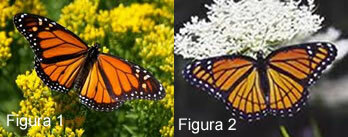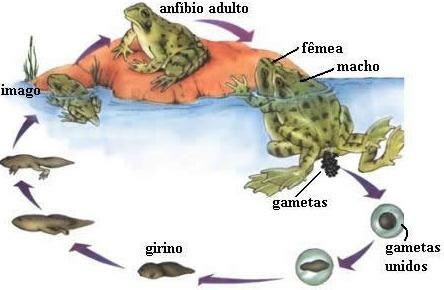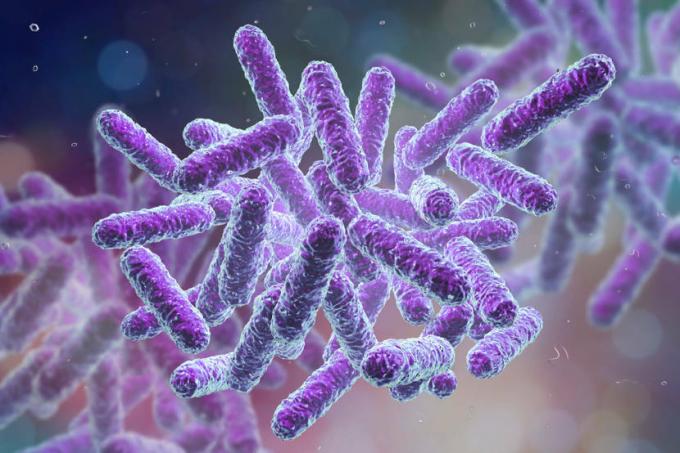In nature, some animals that are not poisonous have some characteristics that look like other animals that are poisonous or bad taste. When that happens, we say it's happening mimicry, that is, there are two animals that have similar characteristics, but one is poisonous and the other is not. However, we cannot confuse mimicry with camouflage – one is totally different from the other, but we'll see about camouflage in another article.
But why does mimicry happen?
Animals that are not poisonous "copy" the characteristics of animals that are poisonous because that is how they are confused by predators, who think they cannot eat such animals because otherwise they may die or pass a long time bad.
It's thetrue coral snake caseand of thefalse coral snake. THE true coral snake it is characterized by having the colors black, red and white, forming rings along the body, and also by having a very strong poison capable of causing the death of a person. already the false coral snake has the same colors as the true coral snake, but it is harmless and has no poison. THE false coral snake was acquiring the colors of true coral snake over millions of years (during the evolution of the species), for its defense and protection, after all, when the predator sees the snake, it doesn't care if it is the real snake or the false one.
In the image below we can see that the two snakes have few differences and can be easily confused by predators.

Figure 1 and Figure 3: True Coral Snake; Figure 2 and Figure 4: False Coral Snake
Another example is the viceroy butterfly that mimics the monarch butterfly. THE monarch butterfly it has a bad taste, and when the birds eat it they feel sick and vomit, while the viceroy butterfly it is an animal with a pleasant taste to birds. In order not to be eaten by the birds, the viceroy butterfly, over millions of years in the evolution of its species, it acquired the same colors as the monarch butterfly, in order not to be eaten by the birds, who confuse it with the monarch butterfly.

Figure 1: Monarch butterfly; Figure 2: viceroy butterfly
Several harmless species of insects mimic wasps, which are animals that have a stinger through which they inoculate venom, which they use to capture their prey and defend against their predators. Wasp venom has a substance that dissolves red blood cells and can kill its predators. For this reason, many insects try to mimic the wasp's characteristics and get rid of predators. Some insects are able to mimic the wasp's colors well, while others less so.

Figure 1: wasp; Figure 2: insect
There are other animal species that also mimic, such as newts and salamanders, the butterfly papilio dardanus, and even vegetables, such as orchids Ophrys apifera, which mimics a bee, releasing a scent to attract males, which end up helping their reproduction.

Even the orchid finds a way to benefit from mimicry
Paula Louredo
Graduated in Biology



